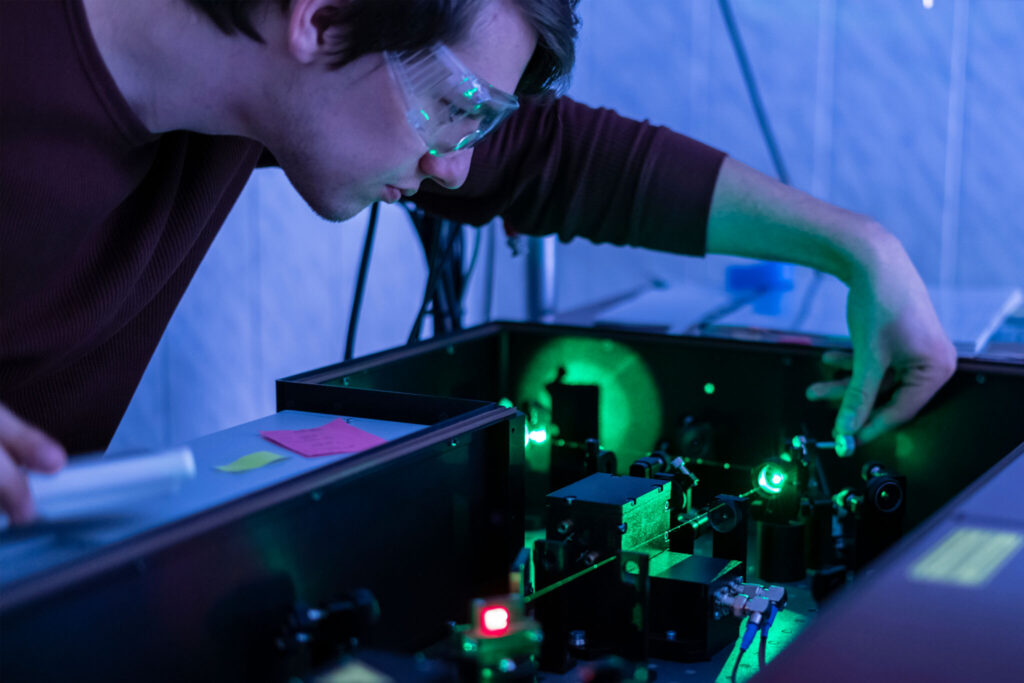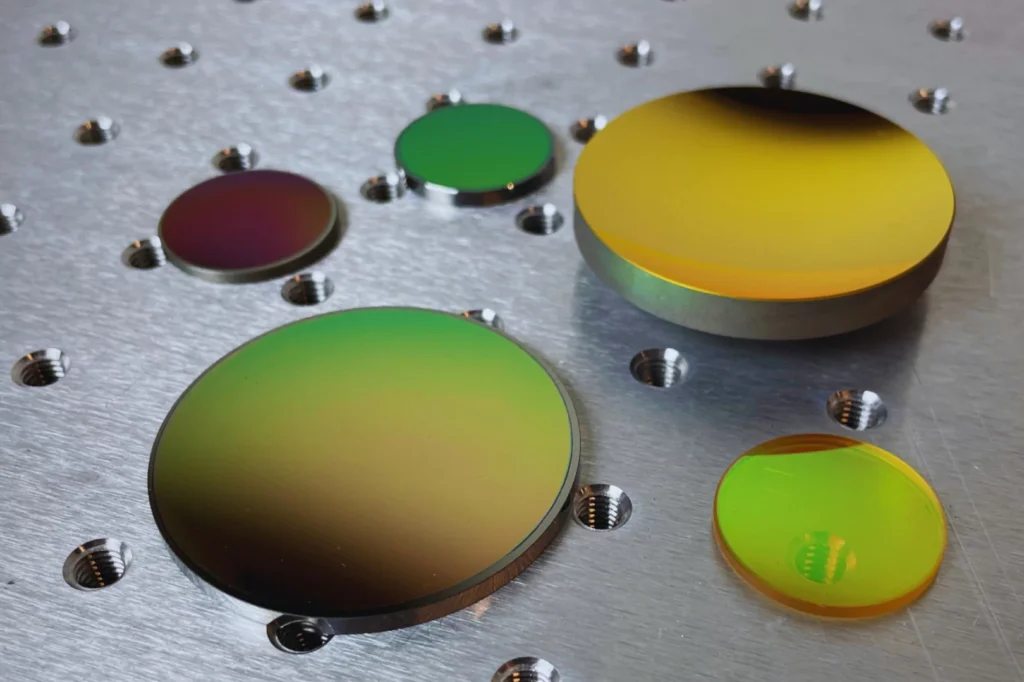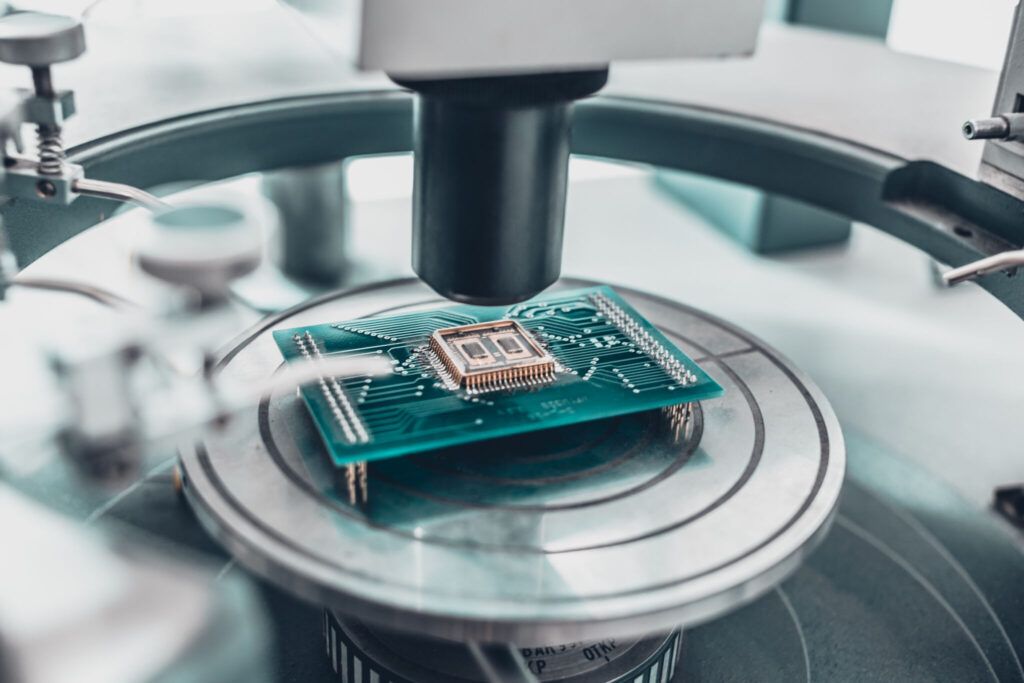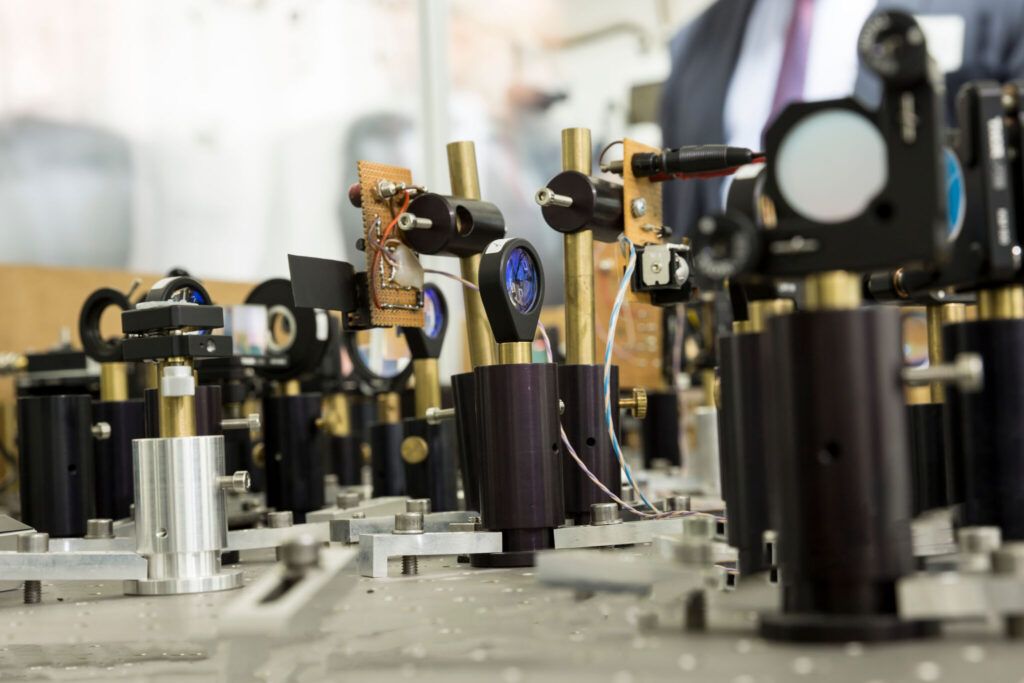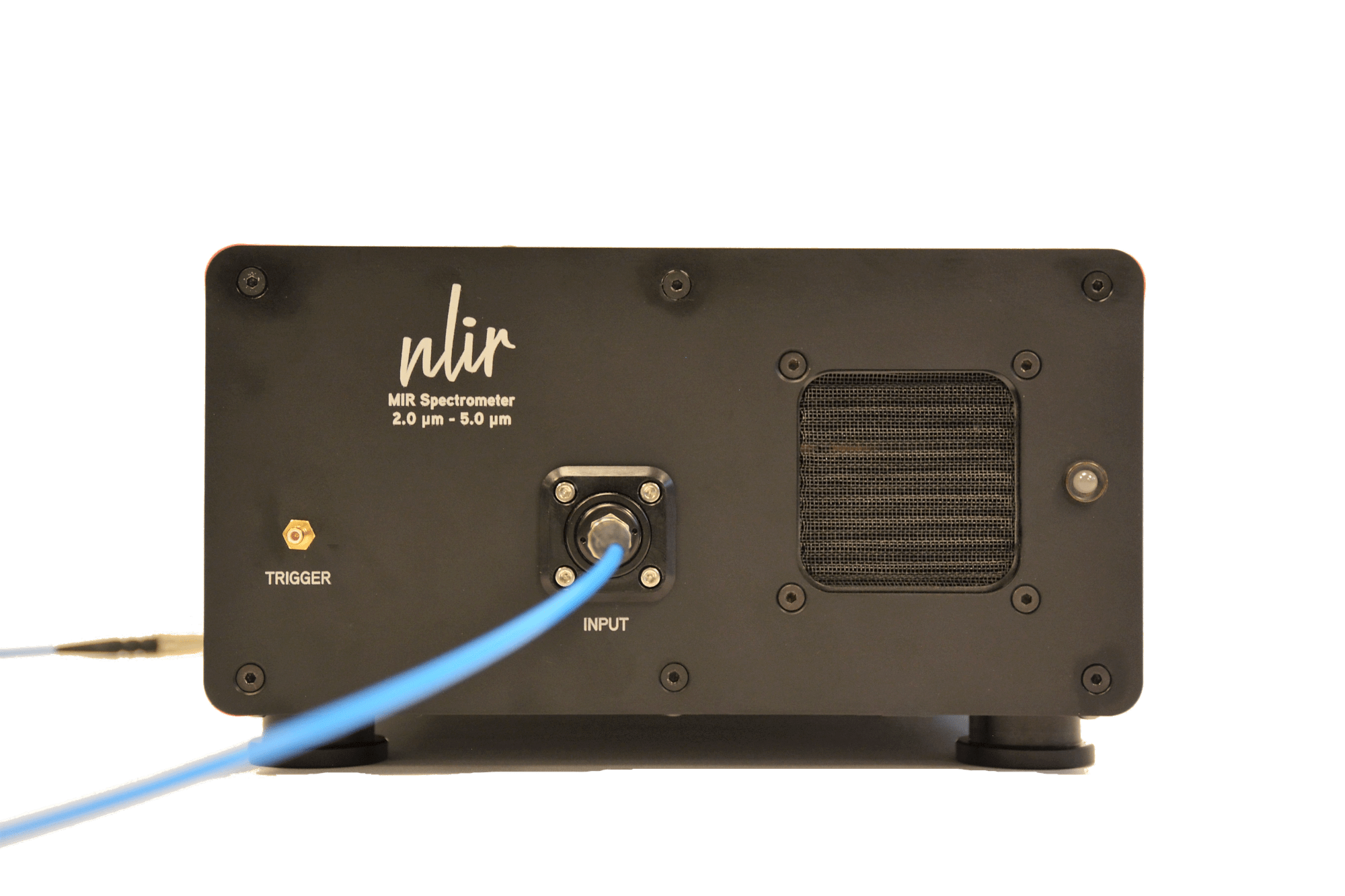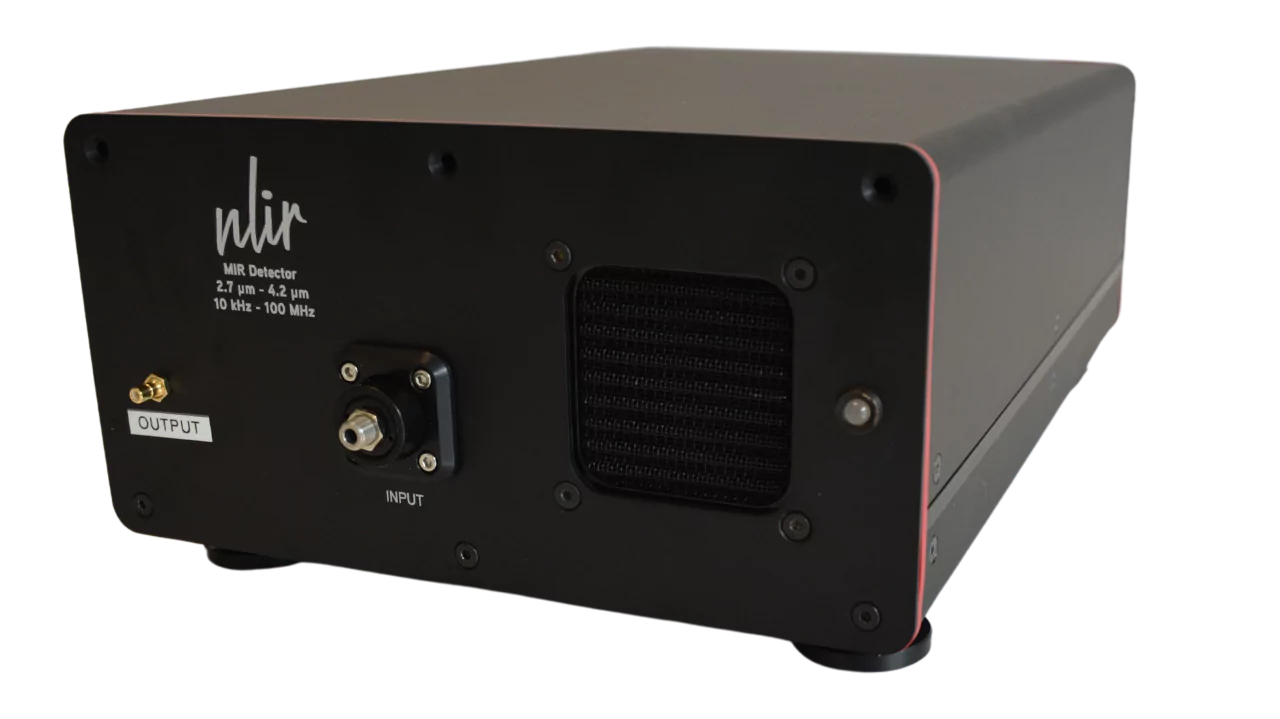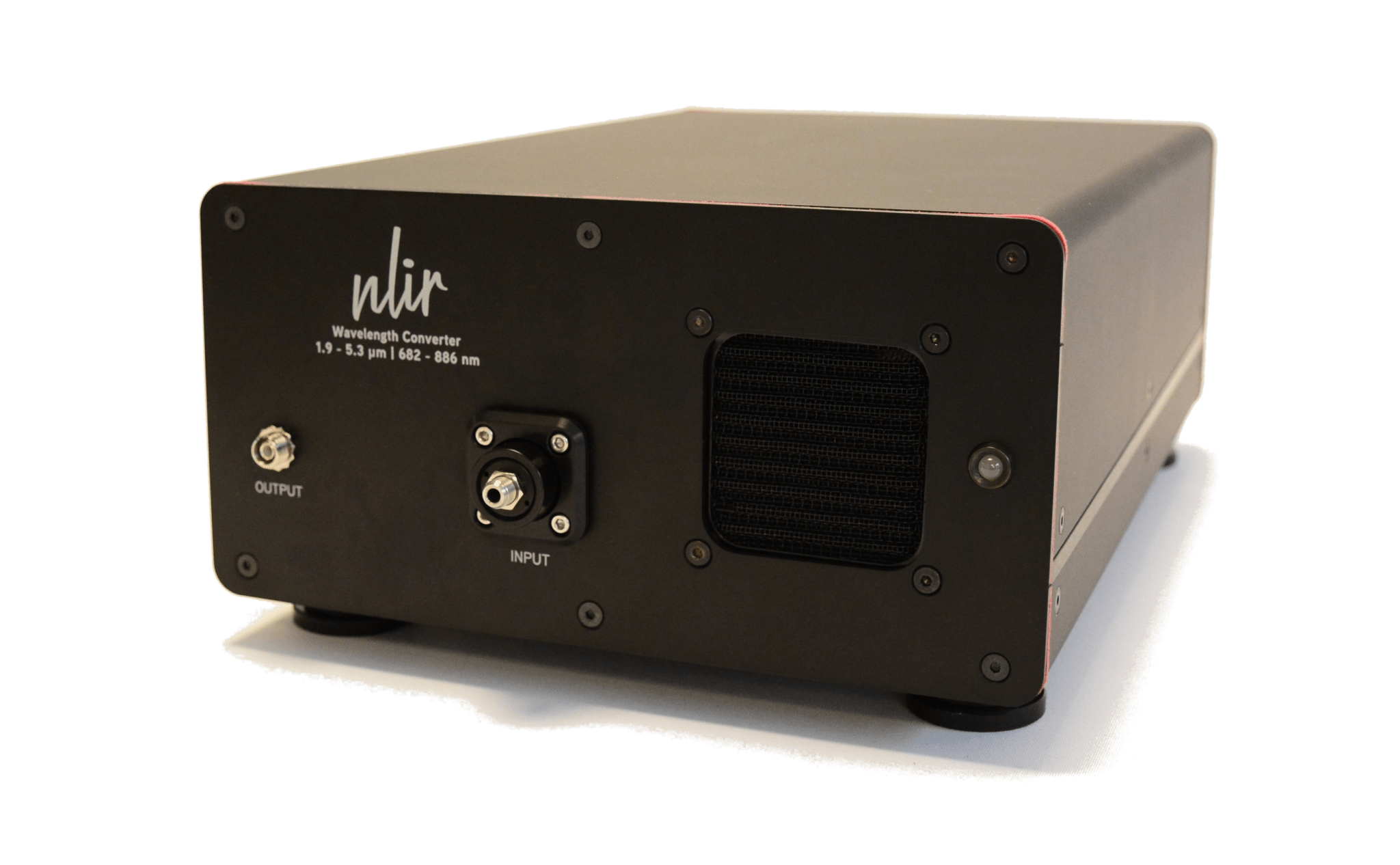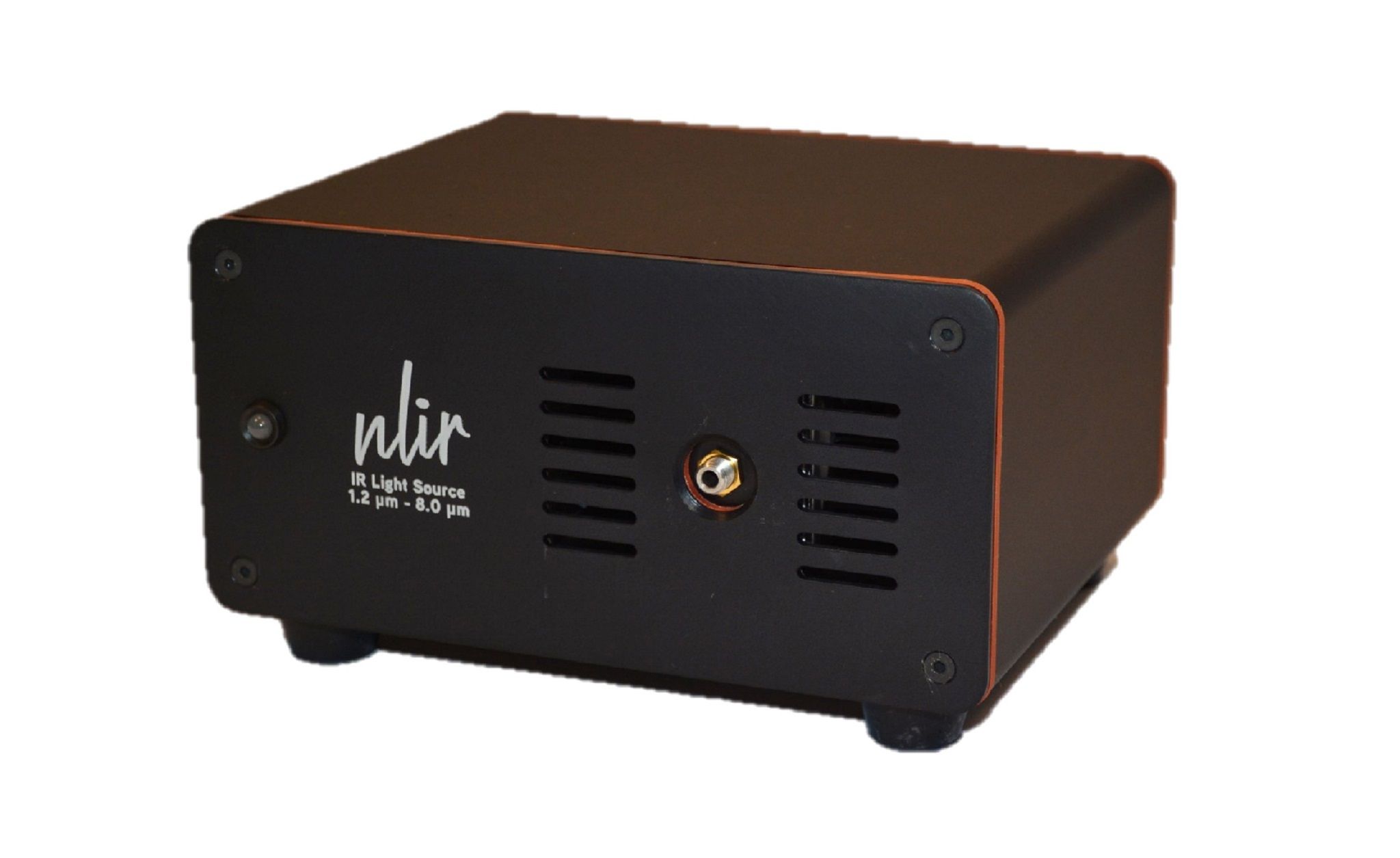NLIR technology offers
NLIR technology offers
Our products offer innovative optical sensing solutions that enable many industries to overcome their challenges in mid-infrared spectroscopy and accomplish the impossible.
The fastest and most sensitive mid-infrared spectroscopy and detection
Benefits of NLIR products:
Mid-infrared spectra with ease
Fastest acquisition available
Extreme sensitivity
High resolution
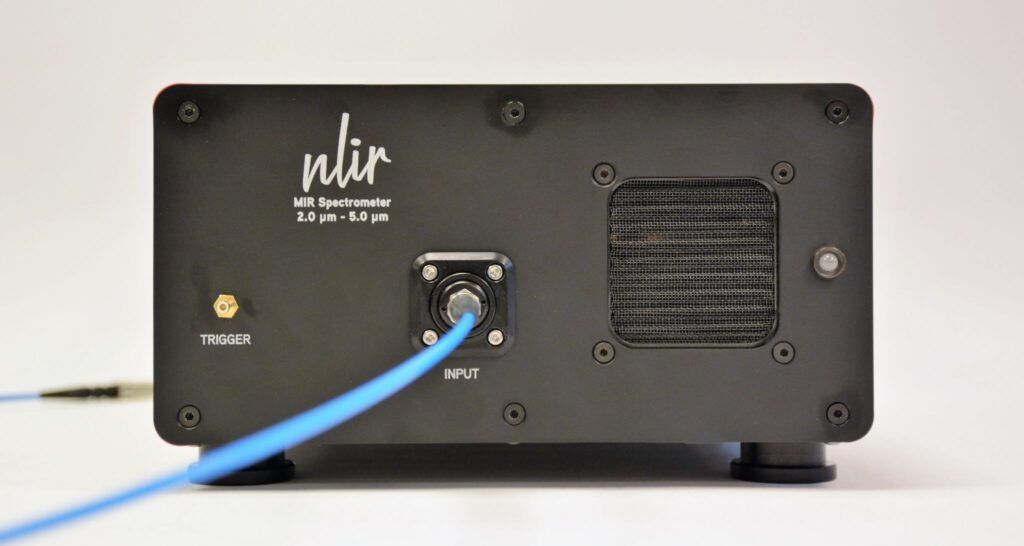
Applications of NLIR products
Why Choose Us
NLIR‘s mid-infrared spectrometers and detectors are known for their outstanding speed, sensitivity, and responsivity performance.
Speed
Fastest mid-infrared spectrometers and detectors on the market
Noise
Down to 10 fW/√Hz noise equivalent power
Flexibility
Full optical bandwidth in 2.0 – 5.0 µm and 7.6 – 12.0 µm
Service
Our customers are always catered with our excellent service since the moment they contact us, during the collaboration, and after-purchase
We Help Industries Monitor Quality & Optimize Performance
Our Products
A New Paradigm In Mid-Infrared Light Detection
Spectrometers 2.0 - 5.0 μm & 7.6 - 12.0 μm
Measure with up to 130 kHz full-spectrum read-out-rate in the 2.0 – 5.0 µm bandwidth or see possibilities in our new 7.6 – 12.0 μm range.
Single-Wavelength Detectors
Measure the absorption of a single wavelength with an electrical bandwidth of up to 10 GHz.
Thermal Infrared Light Source
Bring mid-infrared light directly to your sample in an optical fiber.
Our Glad Customers Say


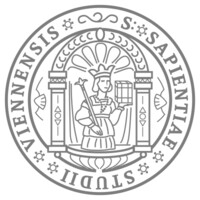
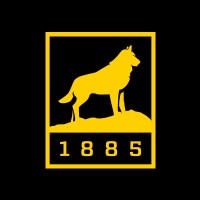
Our Glad Customers Say
Which product is best suited to your needs?
Reach out to our experts for solutions to your measurement challenges.
